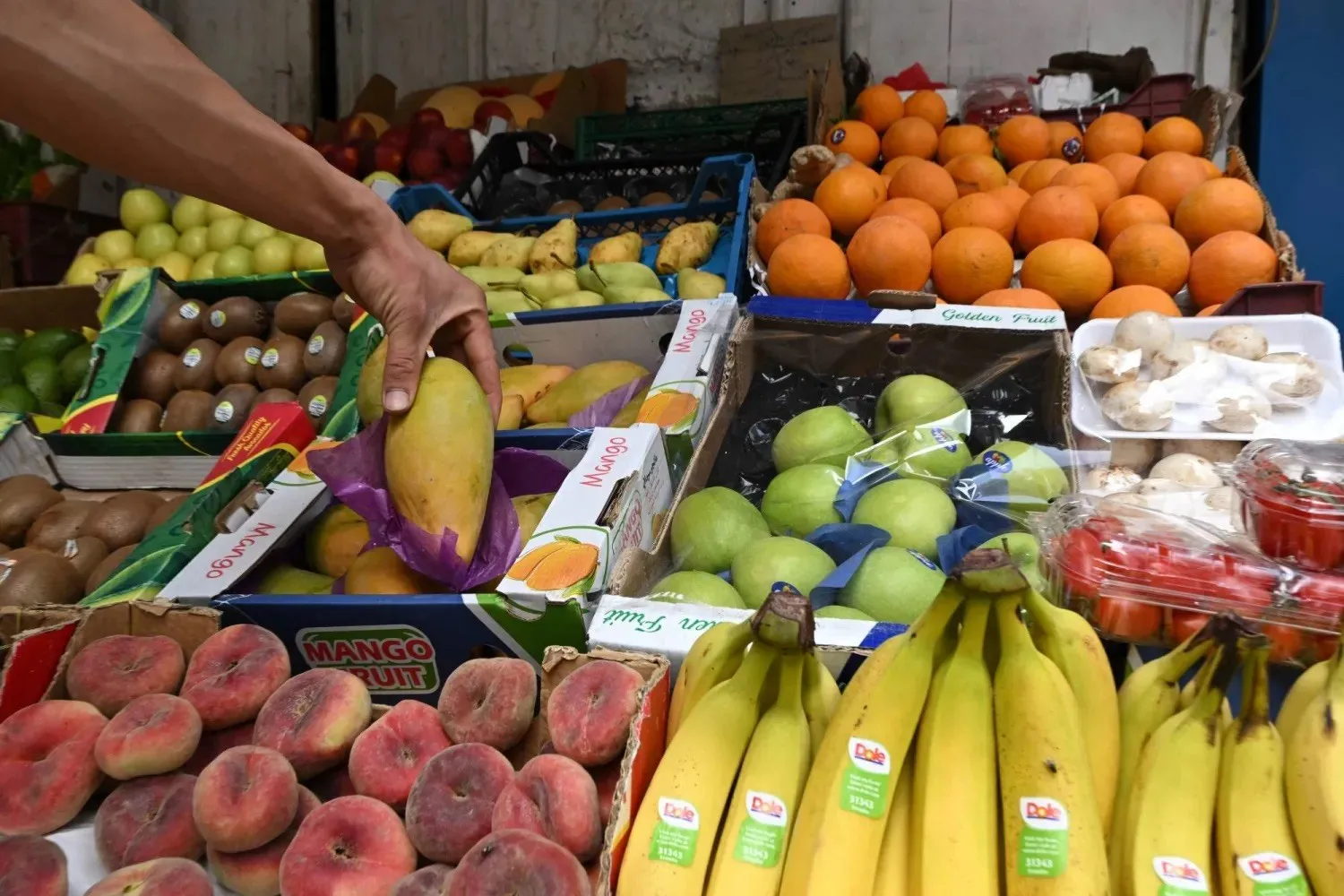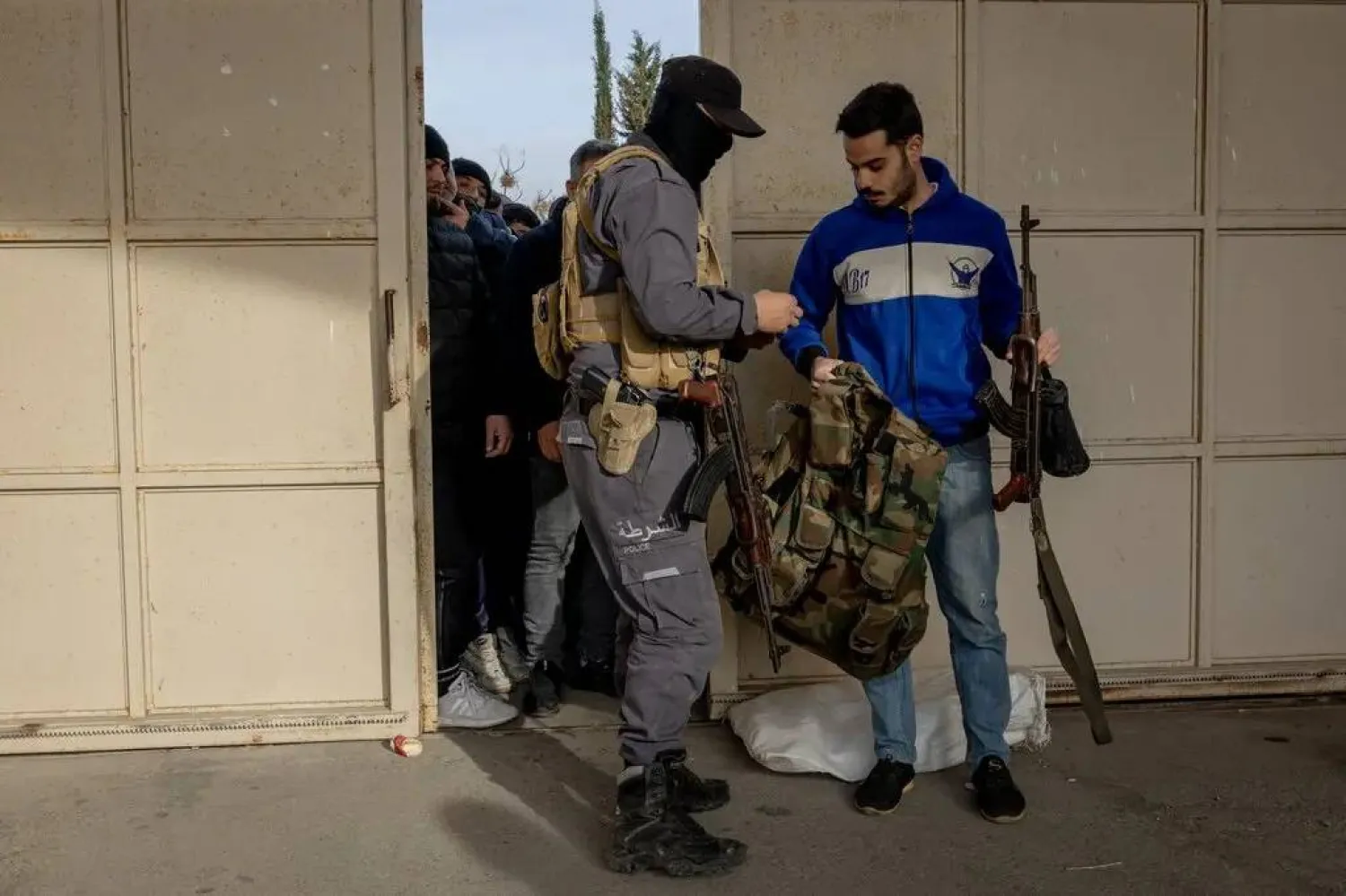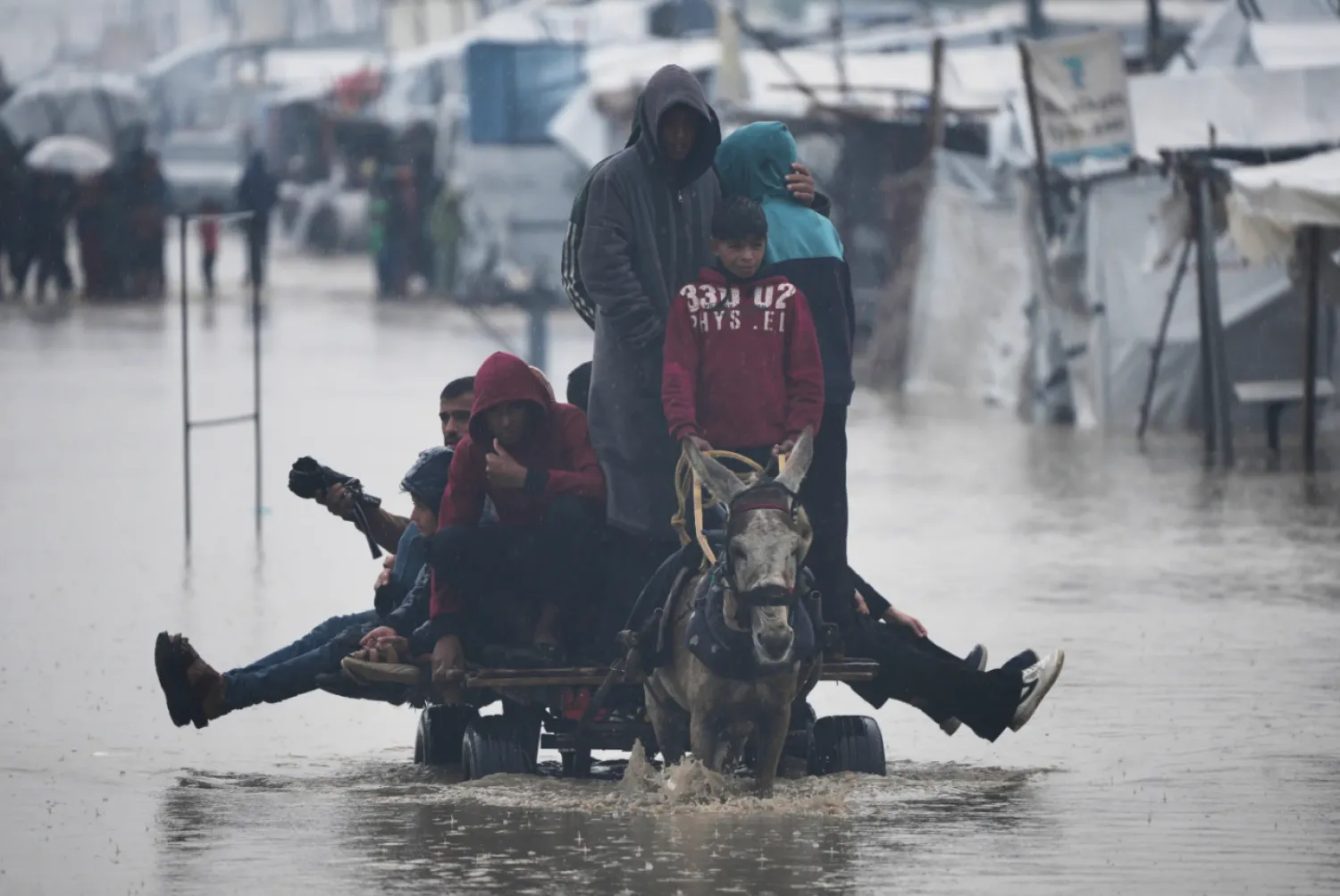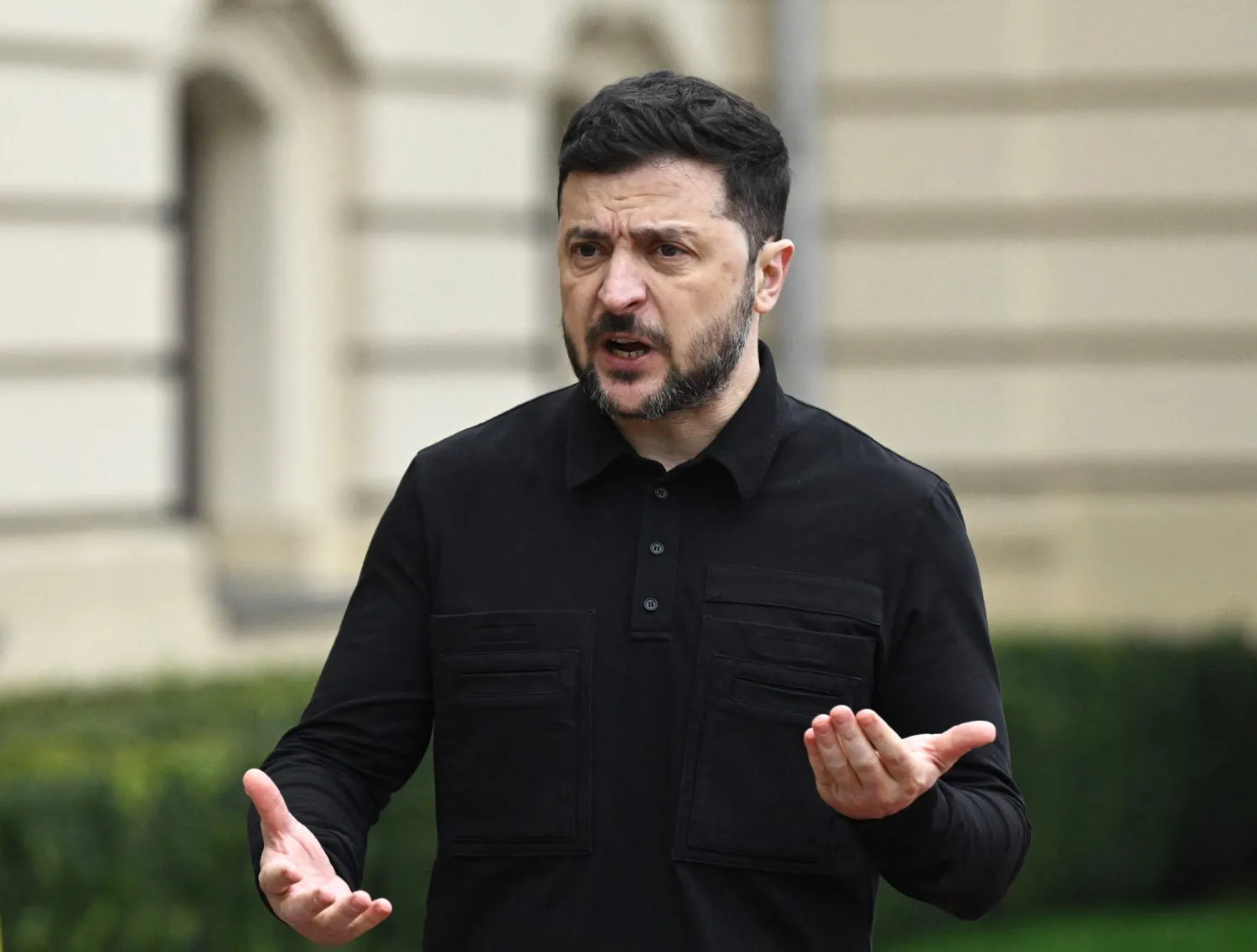Syrians have lived under the shadow of US sanctions for 46 years, spanning generations who know no other reality. These sanctions have become woven into every aspect of daily life, from banking and international aviation to construction and food supplies. Their burden has fallen hardest on ordinary people, rather than on the symbols of the ousted Assad regime.
While lifting sanctions now would undoubtedly unlock planning and reconstruction efforts, political and security concerns persist, and Syria’s dilapidated infrastructure may impede private-sector investment.
Most importantly, we must ask whether US President Donald Trump’s move to begin lifting sanctions was as improvised as his 2018 announcement to withdraw militarily from Syria, or whether it marks a pivotal shift in US foreign policy toward Syria.
On May 13, during his visit to Saudi Arabia, Trump announced the lifting of US sanctions on Syria. This triggered a period of confusion and internal reviews before his administration outlined an initial mechanism that balanced implementing his announcement with addressing his advisors’ worries over unfettered engagement with the new Syrian leadership.
Before assessing this current phase of easing sanctions, we need a historical overview of them, their context, underlying rationale, implementation methods, and what their potential impact might be for Syria and its people. Sanctions on Syria can be divided into three eras: under Hafez al-Assad, under his son Bashar, and now under interim President Ahmed al‑Sharaa.
Shift toward Iran (1979–2000)
US sanctions on Syria began in 1979, following the Camp David Accords between Egypt and Israel and the rise of Iran’s revolution. With the end of the strategic alliance between Cairo and Damascus, Hafez al-Assad viewed Iran’s emerging regime as a counterweight to Iraq and Israel.
Washington designated Syria a state sponsor of terrorism in 1979 due to its role in Lebanon and its support for fighters opposed to Israel. Consequently, the US imposed restrictions on foreign aid, defense exports, and the transfer of dual‑use goods. In November 1986, President Ronald Reagan barred Syrian planes from landing in the US.
The Iraq War (2001–2010)
Sanctions entered a new phase as US policy shifted after the September 11, 2001 attacks and the invasions of Afghanistan and Iraq, coinciding with Bashar al‑Assad’s arrival to power in July 2000. In his 2002 State of the Union, President George W. Bush labeled Iran, Iraq under Saddam Hussein, and North Korea the “Axis of Evil”, prompting Iran to form a “Resistance Axis” that included Syria and Hezbollah.
With these strains came stricter measures: the Syria Accountability and Lebanon Sovereignty Act of 2003, enforced by OFAC at the US Treasury in 2004 under Executive Order 13338, targeted Syria’s role in Lebanon and its pursuit of weapons of mass destruction, as well as its opposition to the US-led occupation of Iraq.
On May 7, 2025, the Trump administration signed a notice extending the national emergency concerning Syria until May 7, 2026, encompassing executive orders from 2003 to 2012.
The Syrian uprising and Caesar Act
Following Syria’s uprising in March 2011, the US imposed a wave of sanctions targeting violence and human rights abuses. President Barack Obama’s April 29, 2011 executive order froze Assad regime assets, followed by an August 2011 ban on oil, asset freezes, and broad trade prohibitions, excluding food and medicine.
However, the defining moment came with the Caesar Civilian Protection Act of 2019, signed by Trump in December 2019 and implemented in June 2020. Targeting infrastructure, military maintenance, energy, and those funding the Assad regime, it also banned foreign investment in Syria’s reconstruction. This legislation aimed to check both Russian and Iranian influence and serve as leverage for negotiations with Moscow, permitting temporary waivers if productive talks occurred.
Though enacted long after the internal conflict began, the Act functioned less as a response to internal dynamics and more as an economic restraint on reconstruction efforts.
Al‑Sharaa after Assad
By late 2024, with Bashar al-Assad’s regime fallen and Trump back in power, Syria had not been a US priority, with internal debate over how to engage the new al‑Sharaa administration. That shifted after Trump spoke with Türkiye’s President Recep Tayyip Erdogan on March 16, signaling alignment with Turkish‑Saudi policy against the hardline Israeli stance.
In Saudi Arabia, Trump began rolling back sanctions on Syria, but the fate of the Caesar Act remains uncertain, currently suspended in 180‑day increments, extendable. Although it was briefly lifted for humanitarian relief during the Feb 2023 Türkiye-Syria earthquakes and in areas controlled by the Syrian Democratic Forces (SDF), its full repeal remains on hold.
Mechanisms and challenges
Trump’s administration has implemented three key executive measures: Treasury’s “GL‑25” on May 23, enabling sweeping economic coverage; a 180‑day suspension of Caesar sanctions; and a specific waiver for the Commercial Bank of Syria via the US Financial Crimes Enforcement Network, allowing re‑establishment of correspondent banking relationships.
GL‑25 has no set expiry and can be revoked anytime, while Caesar waivers renew every six months. An earlier GL‑24 waiver, issued in January, allowed limited official and energy sector transactions and personal transfers, but US banks have remained cautious.
The permit covers four sectors: finance, oil‑gas, maritime shipping, and aviation. US persons remain barred from transactions that may benefit Russia, Iran, or North Korea, meaning rigorous due diligence is necessary. The original executive orders remain in force, although press reports suggest possible cancellations.
Procedurally, Syria remains on the State Sponsors of Terrorism list, as removal would require Congress to be notified by the US State Department. The Department of Commerce and State’s defense trade regulators have yet to remove export controls, which means that Syria still falls under International Traffic in Arms Regulations, necessitating export licenses for most goods, excluding basic food and medicine.
Furthermore, Hayat Tahrir al‑Sham is still designated a Foreign Terrorist Organization. Even after al‑Sharaa met Trump, the Treasury’s waiver excludes HTS leader Abu Mohammed al‑Golani, al-Sharaa's former nom de guerre, who remains sanctioned under UN Security Council Resolution 1267, supported by a likely Russian veto of any attempt to remove HTS from global blacklists. Arms embargoes and surveillance‑tech restrictions will also persist.
The Caesar Act itself was renewed by Congress in January 2025 for five years, lasting until January 2030 unless overturned legislatively and its suspension may be extended in November 2025. But these continue as temporary waivers, not full repeals.
US politics and Congressional dynamics
Legislative repeal would require Act passage in Congress. Ironically, Trump’s allies in this are Democrats, as many Republicans, especially senators, remain wary.
Senate Foreign Relations Committee Chair Jim Risch remarked that Trump lifted sanctions a bit more than what was expected, but cautioned that the sanctions could come back. US energy firms, together with Syrian‑American groups, have lobbied Trump to ease sanctions, while pro‑Israel lobby AIPAC insists any relief must hinge on demonstrable positive behavior from the new Syrian government.
Impact on economy and society
In 2018, the UN estimated at least $250 billion would be required to rebuild Syria fully, far beyond what domestic resources can furnish.
Serious barriers remain: destroyed roads, hospitals, and power networks hinder basic services. Reviving industry needs massive investment; millions displaced internally or abroad need rehousing; food, fuel, medical gear, and decent jobs are in short supply.
Even a partial lifting marks a seismic shift: essential imports like food, medicine, and technology could flow more freely; reconstruction of schools, hospitals, and roads becomes feasible; frozen international assets might be unfrozen, inviting foreign companies back to construction, energy, and trade.
The most immediate relief will come from reconnecting Syrian banks to global payment systems, especially SWIFT, dismantling the economic collapse born of widespread distrust. Yet Syria remains on the FATF grey list, deterring banks and obstructing liquidity, so regulatory frameworks must be built.
Future prospects
Ambitious domestic and regional projects have surfaced under al‑Sharaa, with some contracts bypassing competitive bids. The UAE has been granted an $800 million concession at the Port of Tartus, via a Dubai Ports World MoU, to develop multi-purpose terminals, industrial zones, dry ports, and logistics hubs.
Meanwhile, a 30‑year deal with French CMA CGM was signed to develop Latakia Port. China’s VDL company secured rights to 300,000 m² in the Adra Free Zone outside Damascus for 20 years to build industrial and commercial facilities with tax breaks, labor flexibility, and repatriable profits.
A Qatari-US-Turkish energy consortium plans a $7 billion, 5,000 MW power project.
All are seen as steps to lure foreign capital and reshape Syria’s foreign policy by leveraging international corporate interests.
Uncertain transition
The sanctions regime hinges on three pillars: Syria’s State Sponsor designation (since 1979), the Syria Accountability Act (2003), and the Caesar Act (2019). Only the first may soon shift, pending a State Department and Congressional review; the others remain entrenched.
While Syria will not likely see a flood of US investment tomorrow, the first visible presence would probably involve Turkish and Gulf investors, as the US must first verify the stability and reliability of the new Syrian leadership before enabling wider investors to return.
Damascus does not fully control its territory or armed factions, and fresh sanctions may target entities linked to coastal violence in recent months.
Thus, Caesar’s intent has transitioned from coercing the Assad regime to ensuring al‑Sharaa’s good behavior. But its six‑month renewals offer limited investor certainty, making regional neighbors the marginal beneficiaries.
Al‑Sharaa’s teams may aim to woo Trump with bold reconstruction plans akin to a Marshall Plan. But Trump isn’t easily swayed. He has yet to appoint an ambassador to Damascus; instead, US Ambassador to Türkiye Tom Barrack was named envoy to Syria, indicating Syria remains an extension of Turkish policy.
Trump is unpredictable and could reverse course swiftly, but current signs still point to provisional waivers rather than a full repeal of sanctions.









